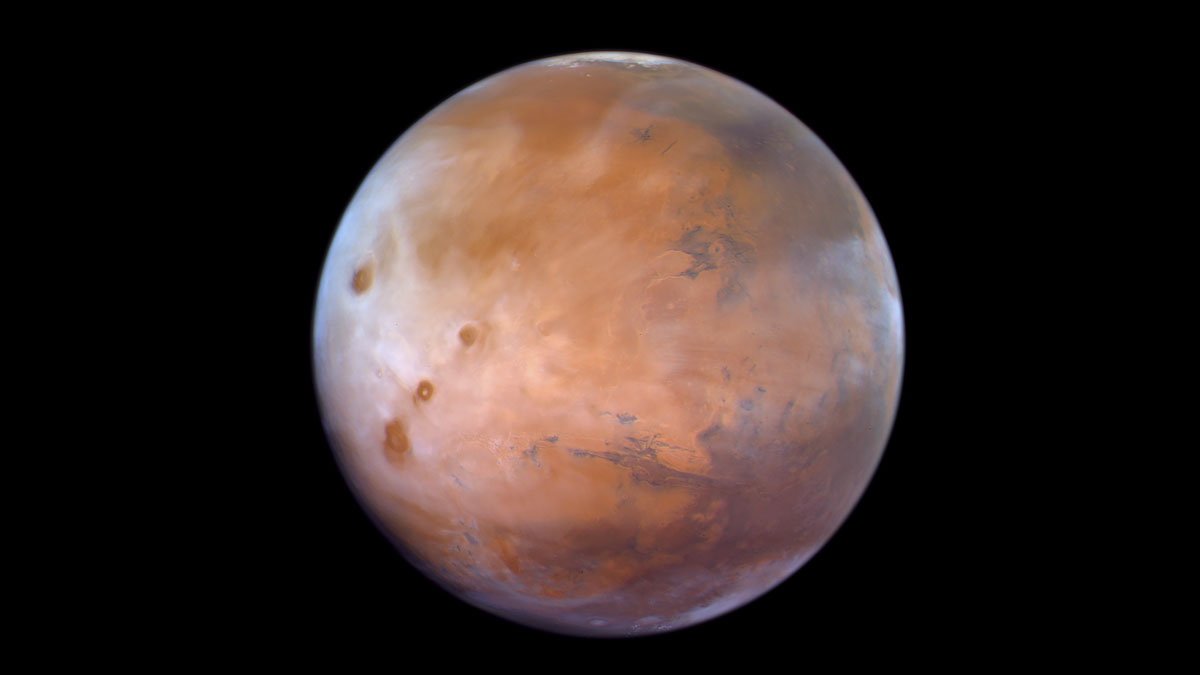Source: Journal of Geophysical Research: Planets
Despite being thinner and drier than Earth’s atmosphere, Mars’s atmosphere contains clouds composed of tiny water ice crystals. And just as on Earth, these clouds influence the planet’s climate. However, most of what we know about clouds on Mars comes from data collected during the Martian afternoon, so there is still much to learn about how clouds tend to form and dissipate over a full day.
Using data from the Emirates Mars Mission Hope probe, which has orbited Mars since 2021, Atwood et al. have captured the first comprehensive view of nighttime clouds on Mars.
Hope’s high-altitude, low-inclination elliptical orbit was specifically designed to enable observation across all times of day and night and at almost all latitudes and longitudes. The researchers analyzed data collected over nearly two Martian years by the Emirates Mars Infrared Spectrometer, an instrument mounted on Hope that can detect the presence and thickness of clouds, according to how they absorb and scatter infrared light.
The analysis revealed that for much of the Martian year, nighttime clouds are, on average, thicker than daytime clouds. Peaks in cloudiness typically occurred in the early morning and the evening, separated by a midday minimum.
During the cold season on Mars, thick clouds tended to form in a band near the equator, becoming thickest just after sunrise. Also during the cold season, late-evening clouds typically formed in a broader distribution across low latitudes, while early-morning clouds mostly concentrated over a vast volcanic region known as Tharsis, which covers the equator and low latitudes.
These findings shed new light on Martian atmospheric dynamics and could help scientists validate computational models of Mars’s atmosphere, the researchers say. (Journal of Geophysical Research: Planets, https://doi.org/10.1029/2025JE008961, 2025)
—Sarah Stanley, Science Writer


